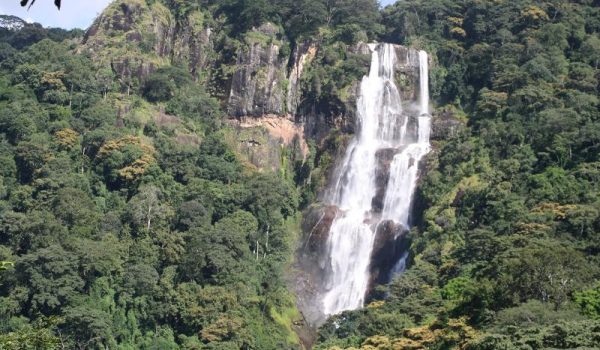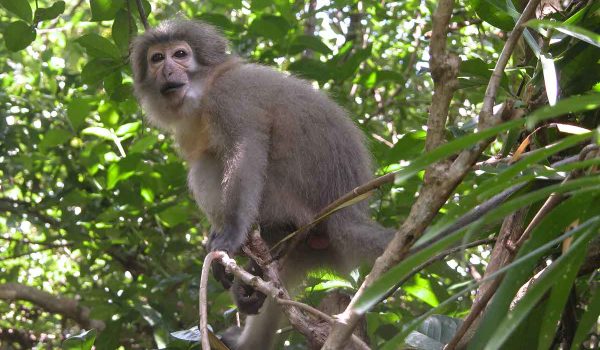Bhutto Tours & Safaris
Southern Circuit
Southern Circuit
The southern safari circuit of Tanzania includes the National Parks of Mikumi, Udzungwa Mountains and Ruaha and the game protected area of the Selous. Each of these areas is an attraction in its own right with Mikumi and Selous combining to a land area greater than the size of Switzerland. The Udzungwa Mountains are famous for the excellent bird-watching and hiking.
The Ruaha ecosystem including at its center the National Park has recently been extended to make it the largest National Park in Africa. The southern circuit is a lot quieter than the northern circuit and at many of the lodges you will not see any other guests when out on game drives. This and the more varied landscape give the south a wilder and more natural feel. The game concentrations are similar to the north but in the south the game is spread over a larger area. Distances between parks and lodges are greater in the south meaning that flying is often the best option.
Ruaha National Park
It is the second largest National Park, covering an area of 20,226 sq.km located in south-central Tanzania. During the dry season, when game viewing is at its best, animals are drawn to the Great Ruaha River and other water sources. The name Ruaha was derived from the hehe word called ''Luhava'' meaning the great river.
CLIMATE
Ruaha National Park enjoys only one rainy season, usually from the end of November to May with annual average rainfall ranging from 500 to 800mm. The park is located at an altitude between 750 and 1868 meters.
GETTING THERE
The park is accessible by road and air.
Road. From Iringa town it is 108km to the main gate (Y-Junction), 625Km from Dar es Salaam and 480Km from Mbeya City.
Air. Daily flights from Dar es Salaam and Arusha is the easiest way to Ruaha. Airstrips are located at Msembe and Jongomero. Coastal Aviation, Auric Air and Safari Link all have scheduled flights to Ruaha.
ATTRACTIONS
Not only does Ruaha enjoy abundant wildlife, but the magnificent and constantly changing landscapes add a magical touch to the whole experience. Baobabs dot the rocky hillsides, the cool green shade along the River, the open grassy plains, all make a wonderful and exciting trip.
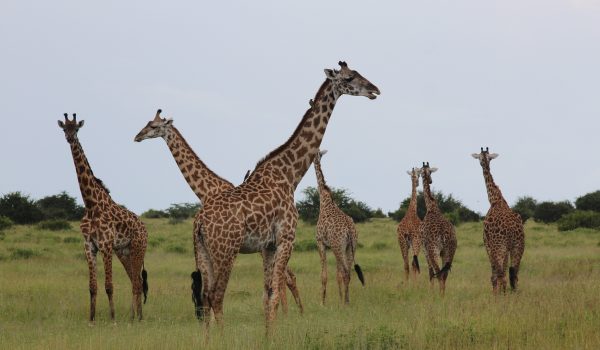
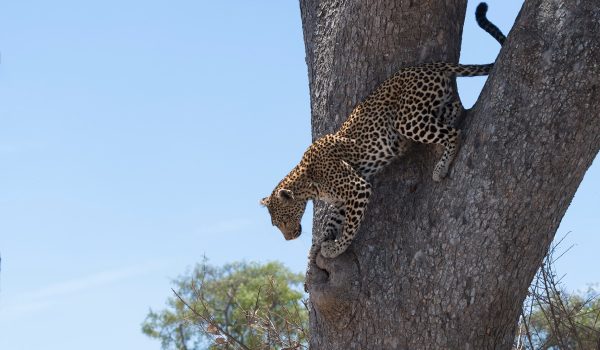
Nyerere National Park (Selous Game Reserve)
This is the Africa’s Largest National Park! The Park with staggering size of 30,893km2 host one of the world’s largest concentration of wildlife. The collection of wildlife both in diversity and abundance is just remarquable! Visitors to this vast sanctuary will be able to see astounding volume of wildlife both rare and common species. The park host the famous ‘’Big Five’’ and some rare species of antelopes like Roan Antelope, Brindled Gnu, Lichtenstein hartebeest, roan, and sable antelopes, Kudu etc.!
CLIMATE
The Park experiences bimodal rainfall season and the short rains fall in November and December and are followed by a partial drying out in January and February. Thereafter, the long rains follow ending in early May. It is located at an altitude between 100 and 400 meters with annual average rainfall ranging from ……to …… mm.
GETTING THERE
The Park can be accessed by road or air
Road: From Dar es salaam to Nyerere National Park is about 250km via Kibiti
Air: There are regular flights from Dar es salaam,Kilimanjaro and Arusha to a number of small airstrips in the Park.
ATTRACTIONS
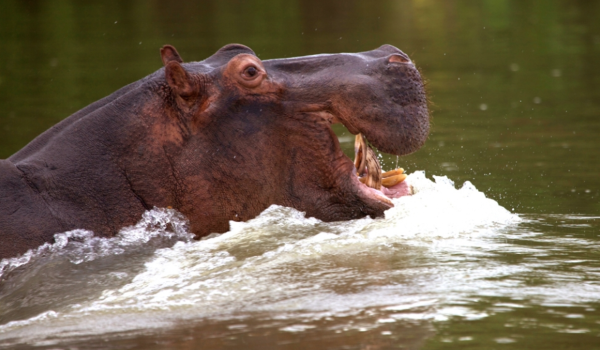
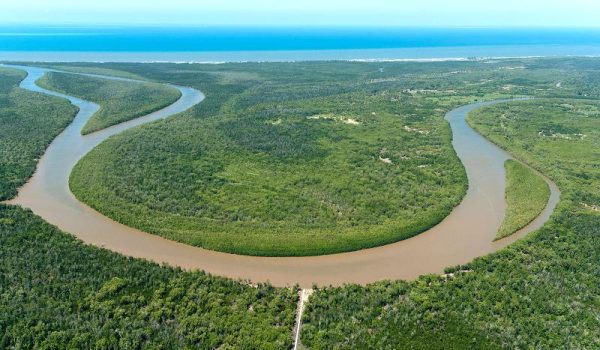
Katavi National Park
Katavi National Park, is found on the western part of Tanzania, it was formerly a game reserve; the park was established in 1974. It was originally 1,823km2 In 1997 it was extended to 4,471km2. The park is located 40km south of Mpanda town, being Tanzania’s third largest national park, after Ruaha and Serengeti.
CLIMATE
Park’s climate is classified as tropical. The average temperature is 24.6 °C. In a year, the average rainfall is 1139 mm.Precipitation is the lowest in June, with an average of 0 mm. Precipitation is the lowest in June, with an average of 0 mm. With an average of 231 mm, the most precipitation falls in December. At an average temperature of 26.2 °C, October is the hottest month of the year. July has the lowest average temperature of the year. It is 22.7 °C.
ATTRACTIONS
GETTING THERE
Air: Several companies like Zantas air, Safari air link (SAL) arrange charter flight from Dar es Salam, Mwanza or Arusha cities to either Mpanda airport which is located in Mpanda town or to Sitalike and Ikuu airstrips inside the park. Usually every Monday and Thursday. Coastal Aviation Charted flight within the park Ikuu airstrips.
By Road: From either Dar es Salaam via Mbeya (1513Km), Dar es Salaam via Tabora (1392km), Arusha via Tabora (1015.7km) or Mwanza via Tabora-Inyonga (741 km).
By Rail: It is also possible to reach Mpanda by train from Dar es Salaam via Tabora then catch a public transport to Sitalike, where game drives can be arranged.
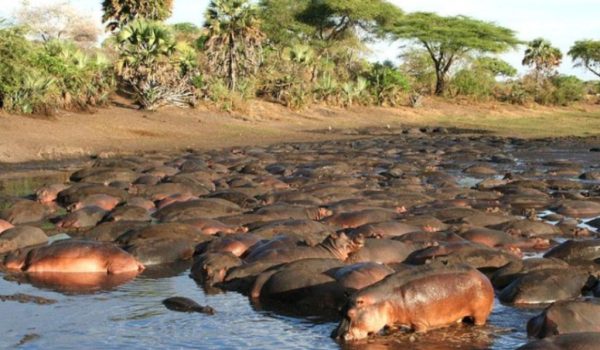
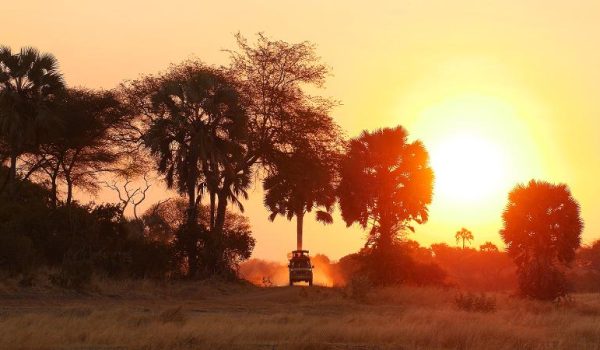
Mikumi National Park
As accessible as it is, Mikumi is the most appealing Park to a safari. This Park will give a true taste of an African safari while preserving your precious time. The Park has a variety of wildlife that can be easly seen. Its closeness to Dar makes it an ideal place for weekend visitors who don’t have to spend a long time on an extended safari itinerary. The park derives its name from a palm tree called Borassus palm which once grew there and covers an area of 3,230km2
CLIMATE
The Park experiences bi-modal rainfall season with short rains starting from October to early November and long rains from March to May and dry season is from late June to September.
It is located at an altitude between200m and 800meters with annual average rainfall ranging from ……. to …….mm.
GETTING THERE
The Park can be accessed by road or air
Road. The park is 283km from Dar es salaam and 118 from Morogoro town.
Air. Scheduled flights from all the main centers in Tanzania but often routing via Dar-es-salaam.
ATTRACTIONS
The Park harbors fascinating attractions most notably the Hippo pools that provide close access to the mud loving beasts and bird watching. Zebra, wildebeest, impala and buffalo are found on the grassy plains.
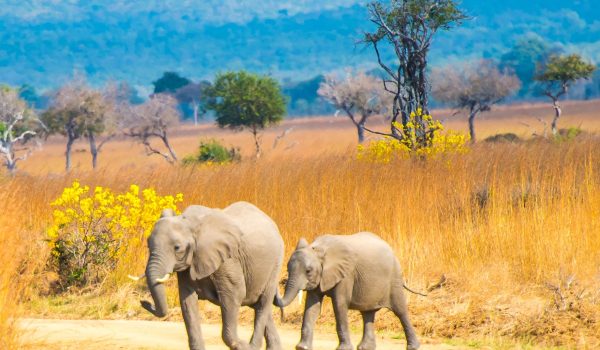
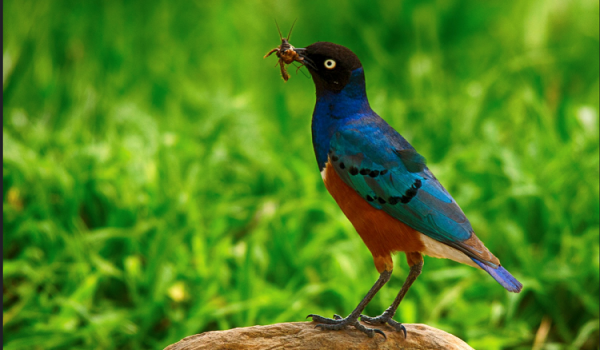
Udzungwa Mountains National Park
Udzungwa Mountains National Park was established in 1992 and officially opened by the former President and founder of WWF (World Wildlife Fund for Nature) Prince Bernhard of the Netherlands. The word "Udzungwa" comes from the word "Wadsungwa" referring to one of the native sub tribes of the "Hehe" people who once lived in the slopes of the mountains. The park covers an area of 1990km2 where geographically, 20% of the total area lies in Morogoro region while the remaining 80% being in the southern highland region of Iringa.
CLIMATE
Dry season (June – September) and wet season (November – March) when wild flowers are flourishing and plentiful of butterflies. For bird watchers, December – February is their best time as most migratory birds are nesting in the park.
GETTING THERE
By road network from Dar es Salaam (380km) as well as Arusha, Kilimanjaro and Mbeya. There are two airstrips Msolwa and Kilombero which can be used by tourist through air transport before they connect using hired vehicles to the park’s main gate.
ATTRACTION
Waterfalls (Mwaya Waterfall), Natural trails for hiking, Reptiles and Amphibians, Tropical Rain forest
